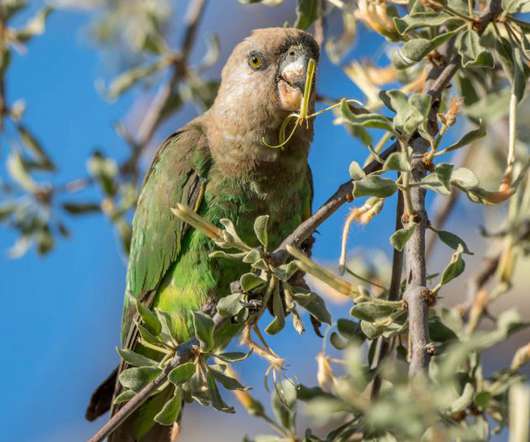Birding crème de la crème: Asia – Corbett to Taman Negara
10,000 Birds
NOVEMBER 5, 2020
Hence, for the rest of the world, I lowered my threshold to 400 and that worked well in Africa, but I soon discovered that for Asia I need to go further down, to 300. In this first part, I’ll focus on continental Asia, its south and south-east (Oriental region). Next time, see you in Africa.












Let's personalize your content